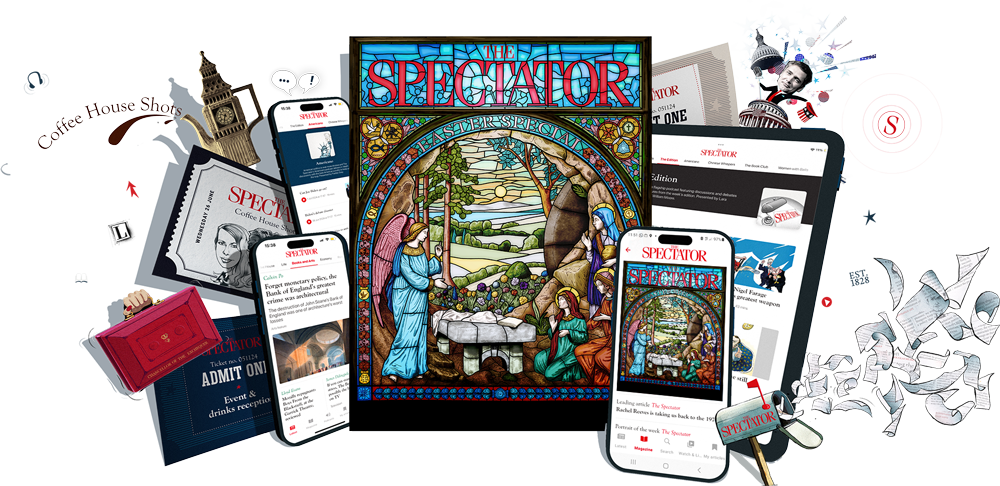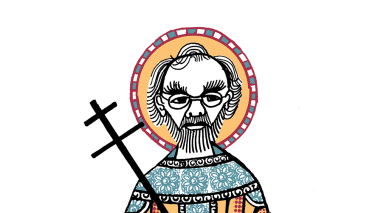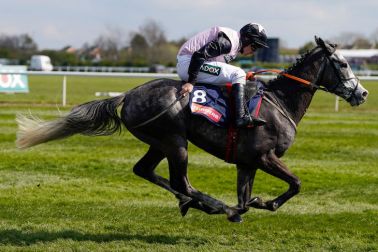In 1855, Paul Gauguin’s widowed mother Aline returned to her husband’s family in Orleans after seven years in Peru. She brought back her daughter Marie, eight-year-old son Paul and her collection of pre-Columbian artefacts. They had no commercial value but those strange objects, sprouting the heads of birds and animals, had a power that the westernised world had lost touch with. They sank deep into the imagination of her wild, headstrong boy, who often described himself as ‘a savage from Peru’.
After the sensory overload of South America, France and school were grey, cold and miserable. With education over, Gauguin insisted on going to sea and served in the navy in the Franco-Prussian war. He yearned for adventure, but his mother’s wealthy protector, Gustave Arosa, found him a job as a futures broker.
Van Gogh talked all the time and dragged Gauguin along for all-night blinders of sex and booze
Gauguin loathed industrialisation and always favoured handmade over mass-produced; but he proved very good at making money. He married in 1873 and took up painting and sculpture with passionate absorption, spending more and more time in his studio. While his Danish wife Mette looked after their growing family, he made friends with the Impressionists, invited them home to dinner (Mette enjoyed entertaining) and bought several of their paintings.
Then came the stock market crash of 1882, and years of misery followed. Gauguin couldn’t find a job or sell his paintings, and Mette took the children to live with her family in Copenhagen. With nothing to lose, he set out for the most remote and primitive part of France: Brittany. In Pont-Aven, to which he returned several times, he worked like a madman. Loading his paintings with colour and imagery, he fused the magical and the familiar, attempting to ‘show an inward and an outward state simultaneously’.








Comments
Join the debate for just £1 a month
Be part of the conversation with other Spectator readers by getting your first three months for £3.
UNLOCK ACCESS Just £1 a monthAlready a subscriber? Log in